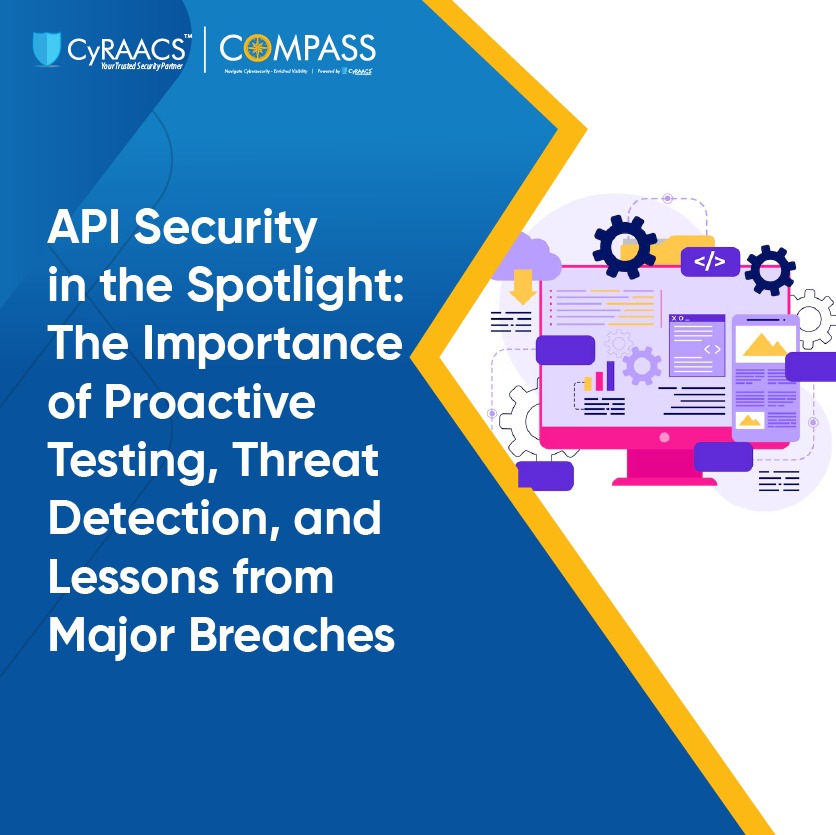
In today's interconnected digital landscape, APIs serve as the foundation for modern applications, enabling seamless data exchange. However, the rapid adoption of APIs has led to an increase in security vulnerabilities, making them prime targets for cyberattacks. To safeguard sensitive data, organizations must embrace proactive API testing, threat detection, and manual security assessments while learning from past API breaches.
The Open Web Application Security Project (OWASP) provides essential security guidelines through its API Security Top 10, highlighting critical vulnerabilities like:
OWASP also emphasizes manual API testing, a crucial method for uncovering complex security flaws that automated tools might miss. Manual testing enables security professionals to simulate real-world attack scenarios, assess business logic vulnerabilities, and enhance API resilience.
While automated security tools detect common vulnerabilities, manual API testing is indispensable for identifying deeper security threats. Here's why:
OWASP’s Web Security Testing Guide (WSTG) provides structured methodologies for API security testing, covering authentication, data validation, and encryption.
Although web applications and APIs face security risks, their testing methodologies differ:
| Aspect | Web Application Security Testing | API Security Testing |
| Focus | UI-based vulnerabilities (XSS, CSRF) | Backend vulnerabilities (BOLA, Injection) |
| Authentication | Cookie-based sessions | Token-based authentication (OAuth, JWT) |
| Data Exposure | HTML content manipulation | JSON/XML payload analysis |
| Testing Tools | Selenium, Burp Suite | Postman, OWASP ZAP, Fuzzing tools |
| Attack Surface | User interactions via browser | Direct API calls via endpoints |
Unlike traditional web apps that rely on front-end security measures, APIs require strong backend protection to prevent unauthorized access and data leaks.
Understanding real-world API security failures reinforces the importance of proactive security measures. Here are some notable API breaches and their key takeaways:
These breaches highlight the importance of API encryption, authentication, and access control in securing sensitive data.
CyRAACS offers comprehensive API security testing services, helping organizations identify and mitigate vulnerabilities before they become security incidents. Their managed API testing services include:
By leveraging CyRAACS' expertise, businesses can fortify their APIs, prevent data breaches, and maintain compliance with industry security standards.
API security demands continuous monitoring, proactive testing, and adaptive defense mechanisms. Organizations must:
By learning from past breaches and partnering with security experts like CyRAACS, businesses can protect their data, users, and reputation in an evolving threat landscape.
